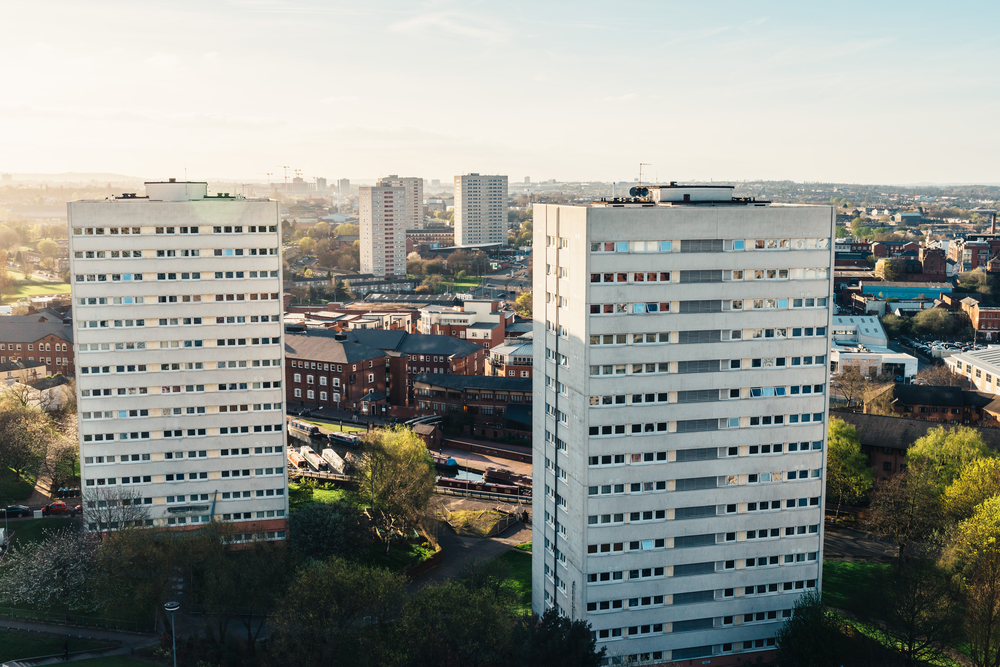Existing tenants saw their rents go up by 8.3% on average over the last 12 months, compared to a 6.4% average rise on newly let rents, as revealed by the Hamptons Lettings Index for April.
Existing tenants were still paying less in rent overall, as a tenant renewing their contract paid £1,151 per month on average in rent in April, 13.4% less than someone signing a new contract.
Each month, existing tenants renewing a contract pay £178 less in rent than someone moving to a new rental property.
Hamptons said tenants staying in their rental properties could save £2,135 per year on average, which explained why there were fewer moves in the rental market.
Existing tenants no longer protected from rent rises
Aneisha Beveridge, head of research at Hamptons, said: “Many tenants had enjoyed years of no or below-inflation rent increases, particularly when rents weren’t rising much on the open market and mortgage costs were falling. Landlords were often content with a small gap between the market rate for their home and what their tenant was paying. However, over the last two years, strong rental growth on the open market has meant that the gap between market rates and what some tenants were paying rose significantly.

Wellness and wellbeing holidays: Travel insurance is essential for your peace of mind
Out of the pandemic lockdowns, there’s a greater emphasis on wellbeing and wellness, with
Sponsored by Post Office
“Tenants fortunate enough to be protected from higher rents by their landlord or longer contracts are increasingly seeing their rents rise. These increases for renewing tenants tend to be lower and stretched over a longer period than for newly let homes, often meaning tenants still pay below market rate. But, even so, these hikes can still add up to hundreds of pounds a month.
“The large gap between market rates and what many tenants are paying is a big disincentive for them to move unless they have to. Moving increasingly means getting less home for more money. While time will eventually close the gap between what sitting and new tenants are paying, it may take longer if rental growth on the open market starts picking up again.”
Slowing of newly let rental rises
The analysis found that 88% of tenants who had renewed an existing contract this year had seen their rents rise. This was compared to 61% of landlords who achieved a higher rent when a new tenant moved in.
This was down from 80% last year.
The average monthly rent on a newly let property in Britain came to £1,329 in April. The 6.4% yearly rise was nearly half the 12% peak seen in August last year and lower than the 6.7% growth in the year to April.
However, the average cost of a newly let property was 0.8% up on the previous month, which was the strongest month-on-month growth this year.
Hamptons said the pace of rental growth was unlikely to slow much further, while annual growth would settle around 6%.
This would make it higher than the 2.5% average annual growth rate recorded before the pandemic.
Hamptons found there were 28% more rental homes on the market in Britain when compared to last year. However, the annual rate of increases seemed to be slowing, the firm said, having peaked at 34% in January this year.
Despite this, there were 40% fewer homes on the rental market compared to April 2019. Hamptons put this down to private landlords selling more homes than they bought.
Last month, the Office for National Statistics (ONS) reported that, in March, average rents saw the highest rise in nine years.




